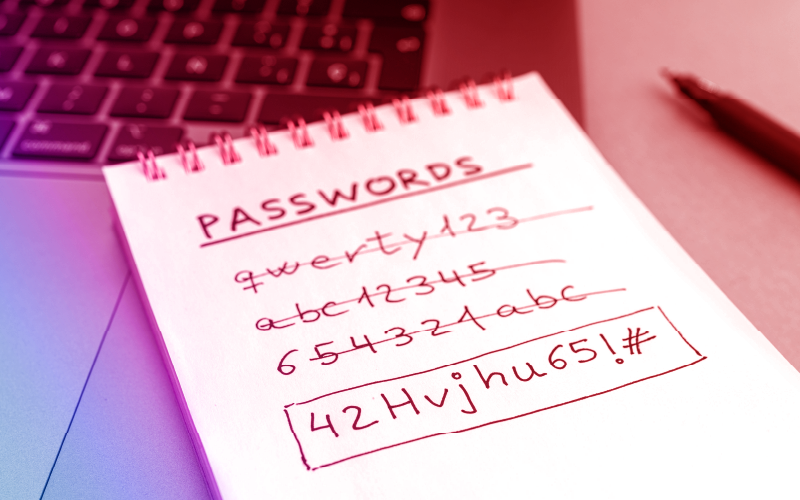
Beyond Digital Passwords: Exploring the Future of Authentication
Digital passwords have long been the primary means of securing our online accounts and data. However, with the increasing prevalence of cyber threats, the limitations of passwords have become increasingly apparent. Weak passwords, phishing attacks, and data breaches have compromised countless user accounts, highlighting the need for more robust authentication methods.
The Rise of Multi-Factor Authentication (MFA)
One response to the password problem has been the adoption of multi-factor authentication (MFA). MFA requires users to provide multiple forms of verification, such as a password, a security code sent to their phone, or a fingerprint scan. This makes it significantly more difficult for attackers to gain access to accounts, even if they have obtained the user’s password.
While MFA is a significant improvement over passwords alone, it still has some limitations. For instance, it can be inconvenient for users to have to enter multiple factors every time they log in. Additionally, MFA can be vulnerable to certain types of phishing attacks.
Emerging Authentication Technologies
The search for more secure and convenient authentication methods has led to the emergence of a number of promising new technologies. These include:
- Biometrics: Biometric authentication uses unique physical characteristics, such as fingerprints, facial recognition, or iris scans, to identify users. It is highly secure and difficult to spoof, making it a promising alternative to passwords.
- Behavioral Biometrics: This technology analyzes user behavior, such as typing patterns or mouse movements, to create a unique digital profile. By comparing a user’s current behavior to their established profile, behavioral biometrics can differentiate between legitimate users and imposters.
- Blockchain-Based Authentication: Blockchain is a decentralized, immutable ledger that has gained prominence in the cryptocurrency industry. By leveraging blockchain technology, it is possible to create secure, tamper-proof authentication systems that eliminate the need for passwords completely.
The Road Ahead
The future of authentication is likely to be a combination of different technologies. Multi-factor authentication will continue to play a role, but it will be supplemented by more sophisticated methods such as biometrics, behavioral biometrics, and blockchain-based solutions.
As these technologies evolve and become more widely adopted, the need for digital passwords will diminish. Instead, we will rely on a range of secure and convenient authentication methods that are tailored to the specific requirements of each application.
Conclusion
The era of digital passwords is drawing to a close. While passwords have served us well for many years, they have become increasingly vulnerable to attack. The future of authentication lies in exploring new technologies that are more secure, convenient, and effective. By embracing these advancements, we can create a more secure and seamless online experience for everyone.



